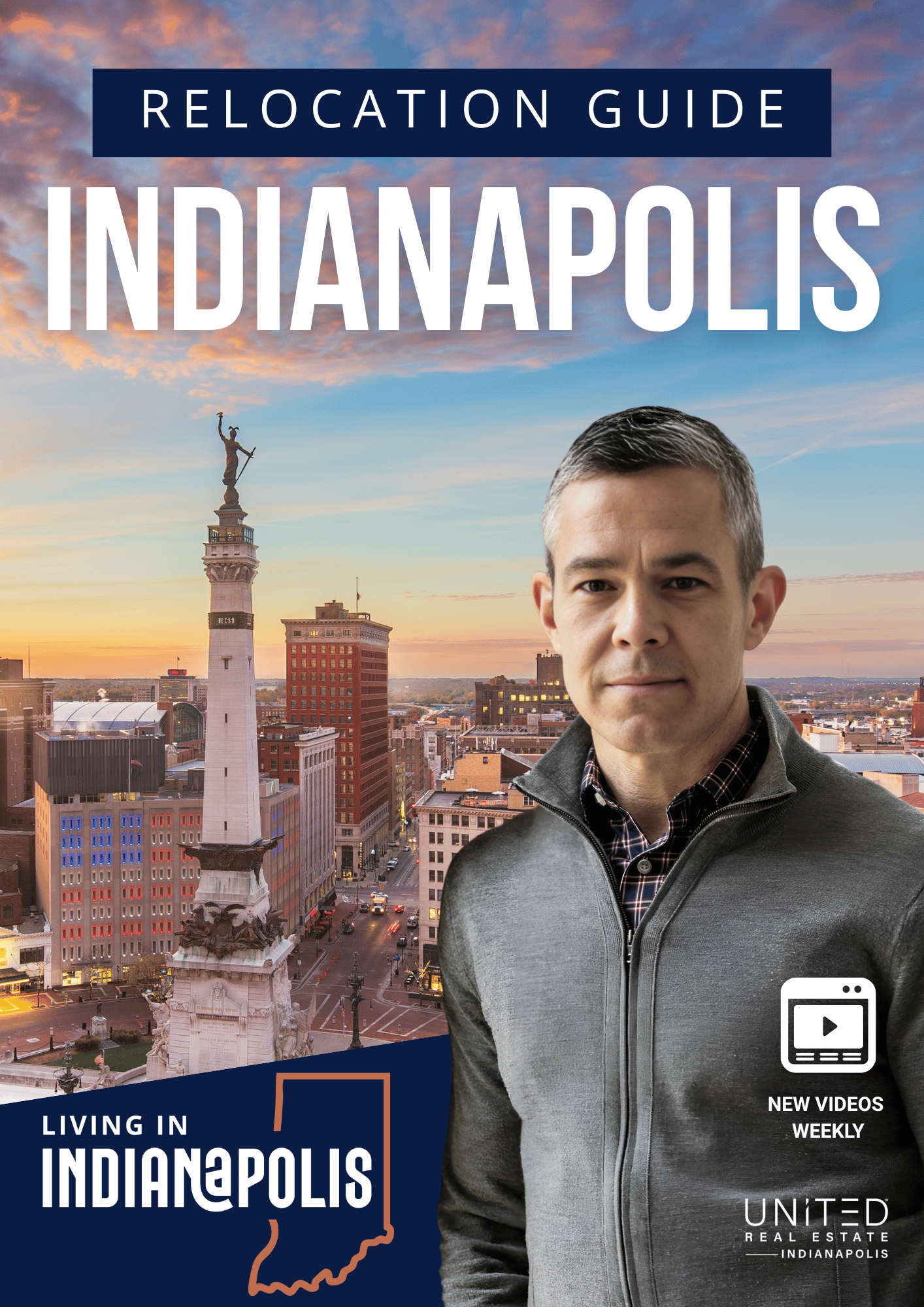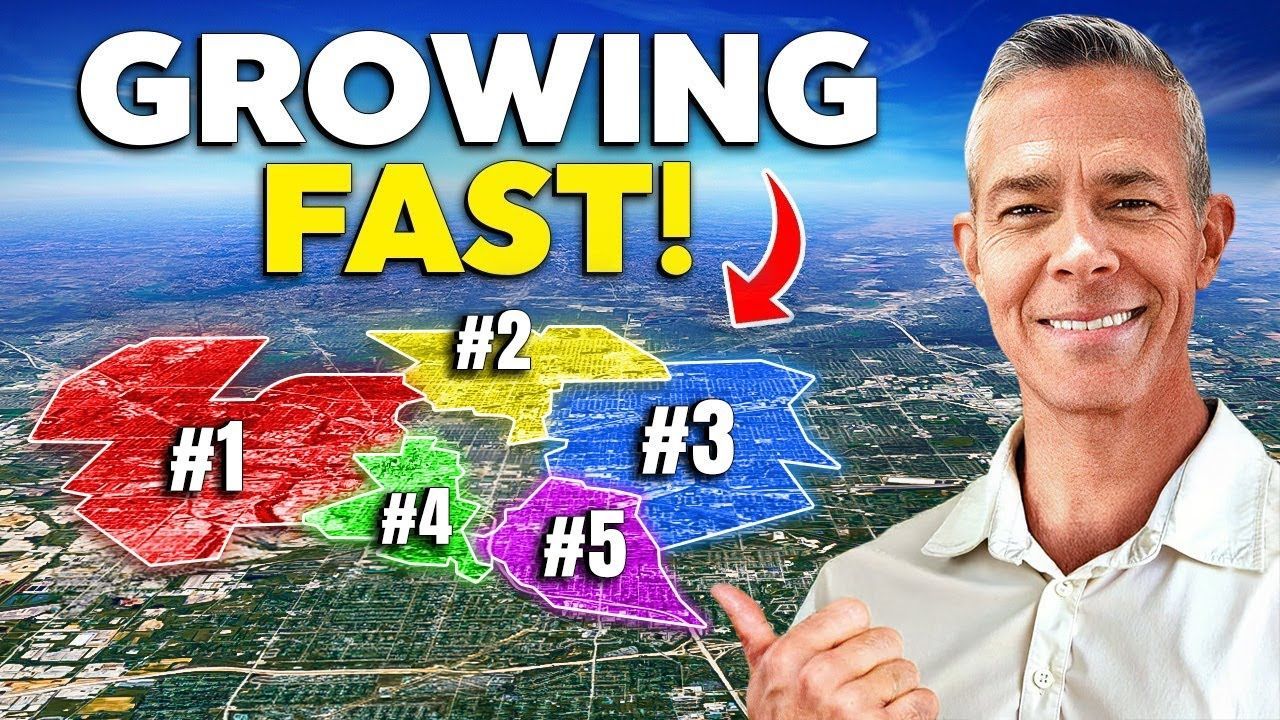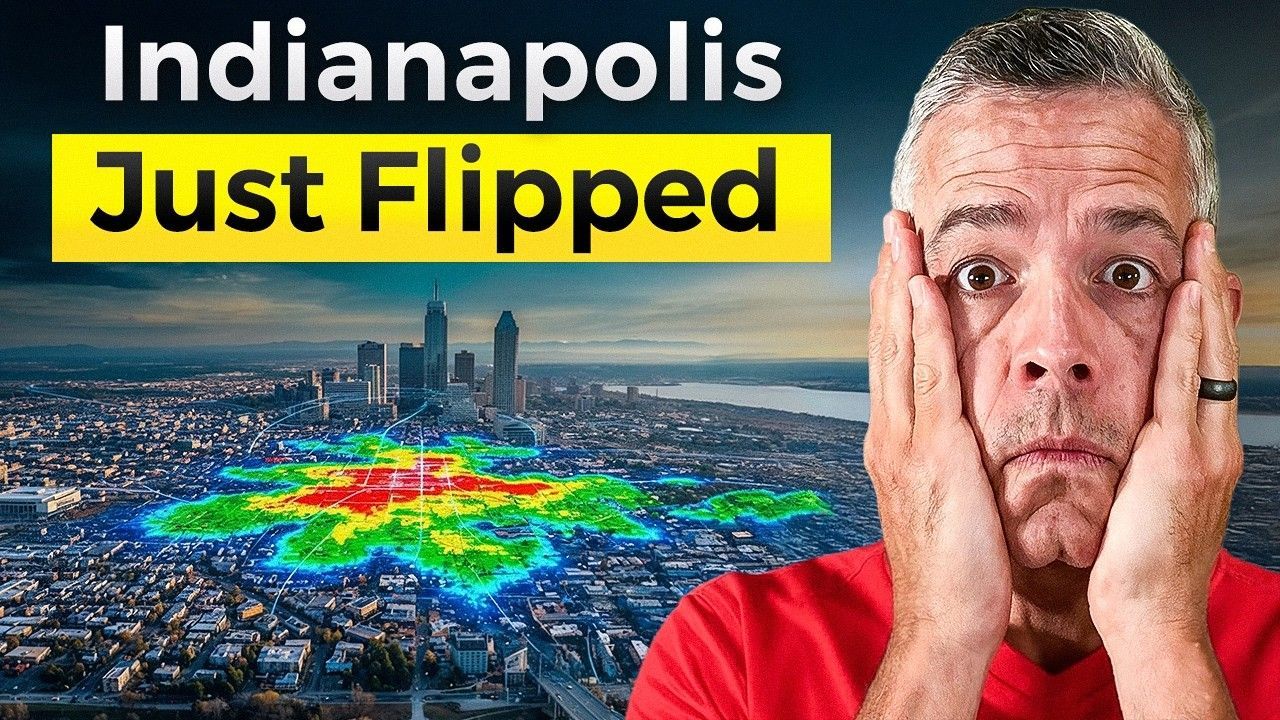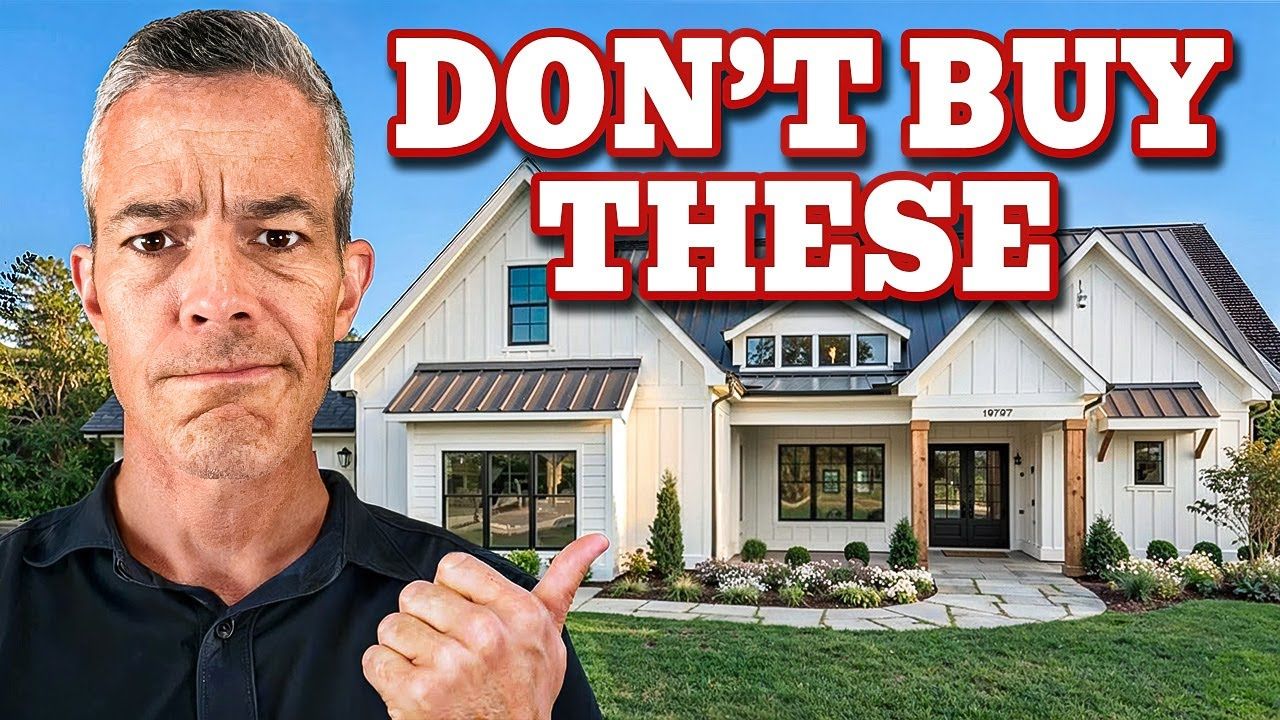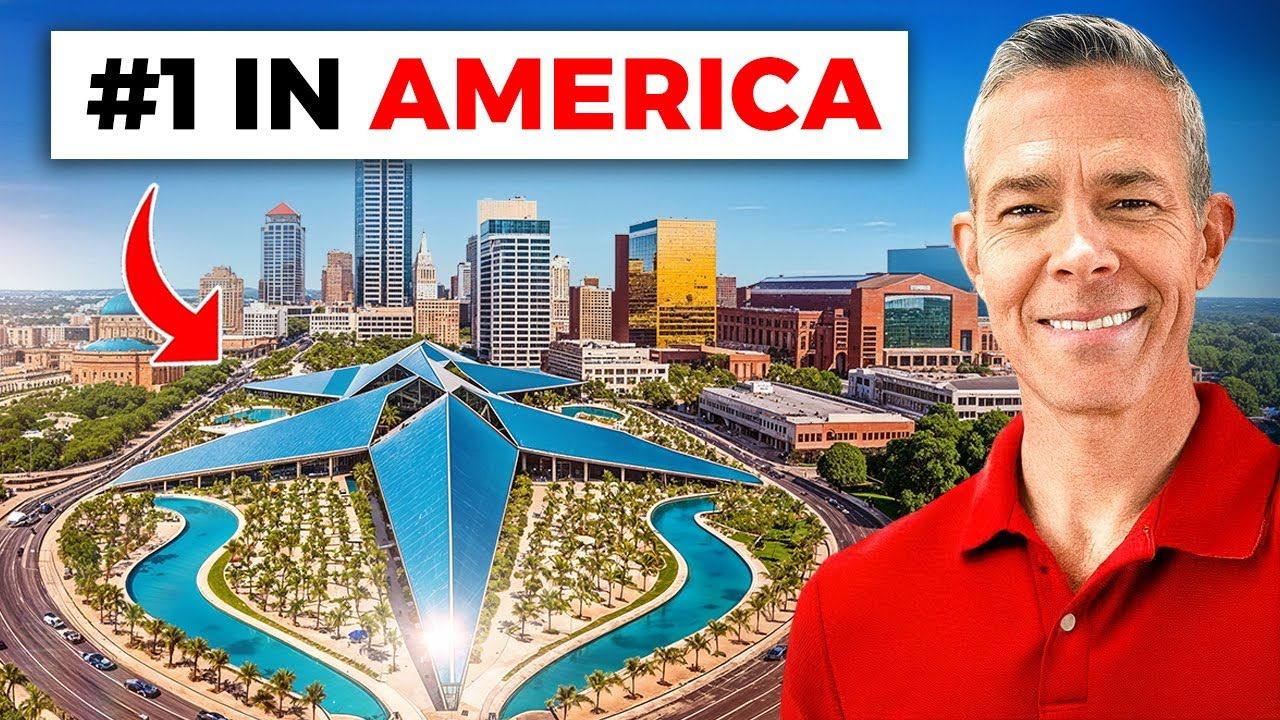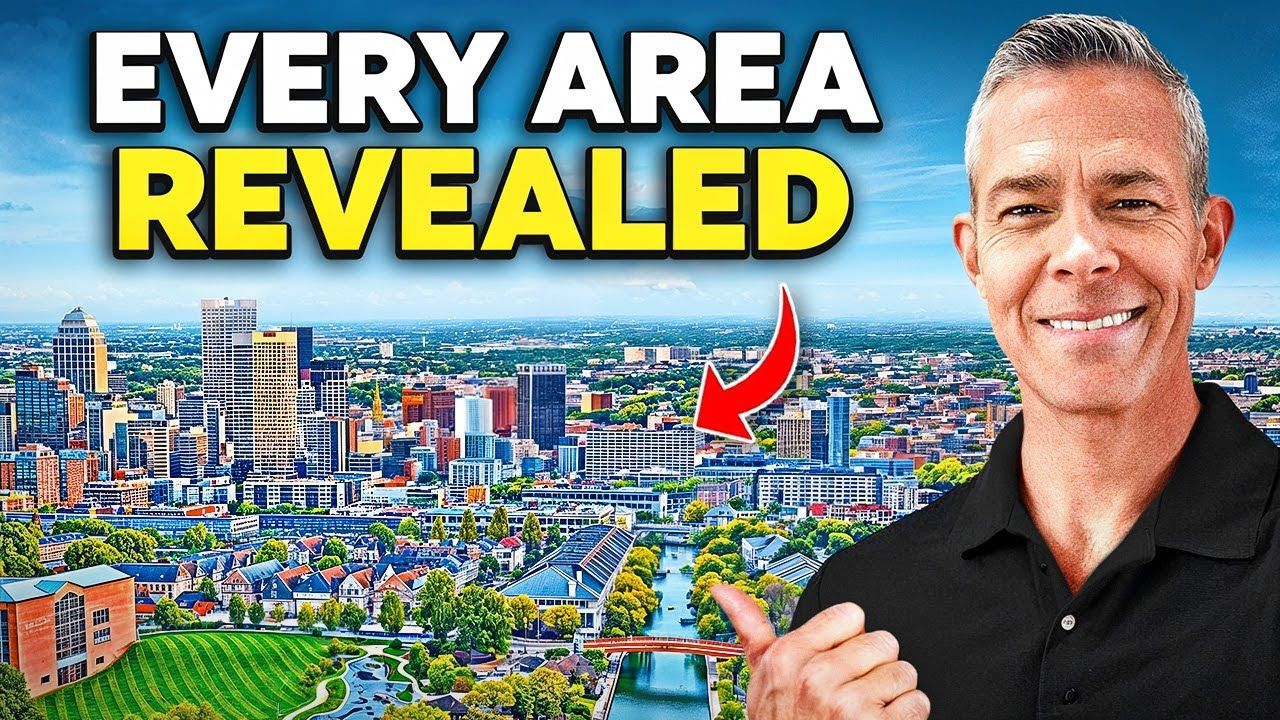The BRUTAL Truths About Moving to Indianapolis
If you are considering a move to Indianapolis or its surrounding cities, there are some important realities you need to understand before making the leap. Whether you're relocating for a job or seeking a better lifestyle, this guide will walk you through the key factors to consider. Moving to a new city is a big decision, and Indianapolis, with its unique blend of urban and suburban living, offers a variety of experiences that might surprise you.
My name is Jason Compton from Living in Indianapolis. Over the years, I’ve talked with countless people who are either planning to move here or have just arrived. Through these conversations, I’ve gathered insights that I want to share with you to help you make a more informed decision. This isn’t just about selling you on Indianapolis; it’s about being honest and upfront about what living here really entails. So, let’s dive into the brutal truths about moving to Indianapolis.
Table of Contents
- 1. Busy or Not Busy? Understanding the Pace of Life in Indianapolis
- 2. Financial Realities: Is Moving to Indianapolis Really Cheaper?
- 3. Building a Social Network: The Challenge of Moving Without Knowing Anyone
- 4. Other Considerations and Final Thoughts
- FAQs About The BRUTAL Truths About Moving to Indianapolis
- Conclusion
1. Busy or Not Busy? Understanding the Pace of Life in Indianapolis
One of the most common things I hear from people moving here is their desire to live somewhere that’s “less busy” or “less crowded.” But what does “busy” really mean? It’s subjective. What feels crowded or hectic to one person might feel calm and quiet to another. Indianapolis and its metro area have a variety of neighborhoods and suburbs that range from bustling to peaceful.
For example, right now, I’m at Geist Marina on Geist Reservoir, located on the Indianapolis side. It looks calm and serene, but it can get busier at times. Some people might find that too much activity, while others might find it just right.

Places like Fishers, Carmel, Westfield, Greenwood, and Brownsburg each have their own vibe. Brownsburg, which I personally consider not terribly busy, surprised some clients from California who found it “a little too busy” compared to their expectations. Coming from a super busy part of California, their perspective on what “busy” means was quite different.
Indianapolis itself is quite dense in certain areas. If your weekend dream is to relax at your home without seeing a single soul, Indianapolis might not be the easiest place for that unless you have a property surrounded by trees and nature. Carmel and Fishers have more energy than many people realize—they’re busier than you might expect.
The takeaway here is that you need to explore these places yourself to see what fits your idea of “busy” or “quiet.” To help with this, we developed an exploration app that lets you visit specific neighborhoods and cities around Indianapolis. This way, you can form your own opinions instead of relying on hearsay or assumptions.
Accessibility to Outdoor Recreation: The Geist Reservoir Example
Another misconception relates to accessibility, especially regarding outdoor recreation. Take Geist Reservoir as an example. It’s a well-known spot locally, but it’s not as accessible as many people think. The entire reservoir is mostly surrounded by houses and neighborhoods, which means that unless you live on the water, public access is limited.
You can launch boats, kayaks, or jet skis at a few public ramps, but it’s not like a public swimming pool where you can just drop in for a swim anytime. For example, the marina doesn’t allow swimming, but you can put in a paddle boat, which I mean more like a kayak or rowboat, not the pedal-powered kind.

There’s a public boat ramp on the Fishers side and Geist Park, which has a Fortville address, where you can launch a kayak and explore Fall Creek and the reservoir. There’s also G Waterfront Park in Fishers, which offers beach access but requires a paid parking fee, making spontaneous visits a bit more complicated.
This is just one example of how access to amenities might not be as easy as you expect. So, when considering Indianapolis or its metro suburbs, think about how accessible the things you want to enjoy really are.
2. Financial Realities: Is Moving to Indianapolis Really Cheaper?
One of the biggest reasons people move to Indianapolis is the promise of affordability. The idea is that you can sell your house somewhere expensive, like a busy metro area, and come here to get a much larger home for less money. While this is often true, the financial details are more complicated than a simple price comparison.
For example, if you sell a 1,000 square foot home for a million dollars somewhere else, you can absolutely get a much larger home here in Indianapolis for that same amount—sometimes a 5,000 to 8,000 square foot house. But if you’re looking at homes in the $400,000 to $600,000 range, you might be surprised that prices aren’t as low as you expected for the size and amenities.
Interest rates and loan qualifications have changed compared to several years ago, making the cost of borrowing more expensive. So, while the sticker price might be lower, the total financial picture requires careful analysis. You need to consider mortgage rates, property taxes, insurance, and other living costs.
Also, where you buy in the metro matters. For example, $500,000 doesn’t go as far in Carmel or Zionsville as it does in Fishers or some parts of Indianapolis itself. Indianapolis is diverse, with neighborhoods where $500,000 buys a lot and others where it doesn’t stretch as far as you’d hope.
The key here is to dive deep into your financials before deciding. Don’t just assume you’ll save money. Calculate monthly payments, taxes, and maintenance costs. If you want to discuss the financials in detail, feel free to reach out for a conversation tailored to your situation.
3. Building a Social Network: The Challenge of Moving Without Knowing Anyone
Another crucial consideration is the social aspect of moving. If you already have family or friends in Indianapolis, that’s fantastic and will make your transition smoother. But if you’re moving here without knowing a single soul, it’s natural to feel worried.
Moving your family, especially your kids, to a new city can be stressful. You might wonder how your children will adjust to new schools and what kind of social life they will have. I can’t answer that question for you directly, but I can offer some perspective.
Indianapolis itself has a population of just over 900,000 people. When you add in all the surrounding cities and towns, the metro area swells to more than two million residents. With that many people, it would be surprising if you couldn’t find a community or social network that fits your interests.
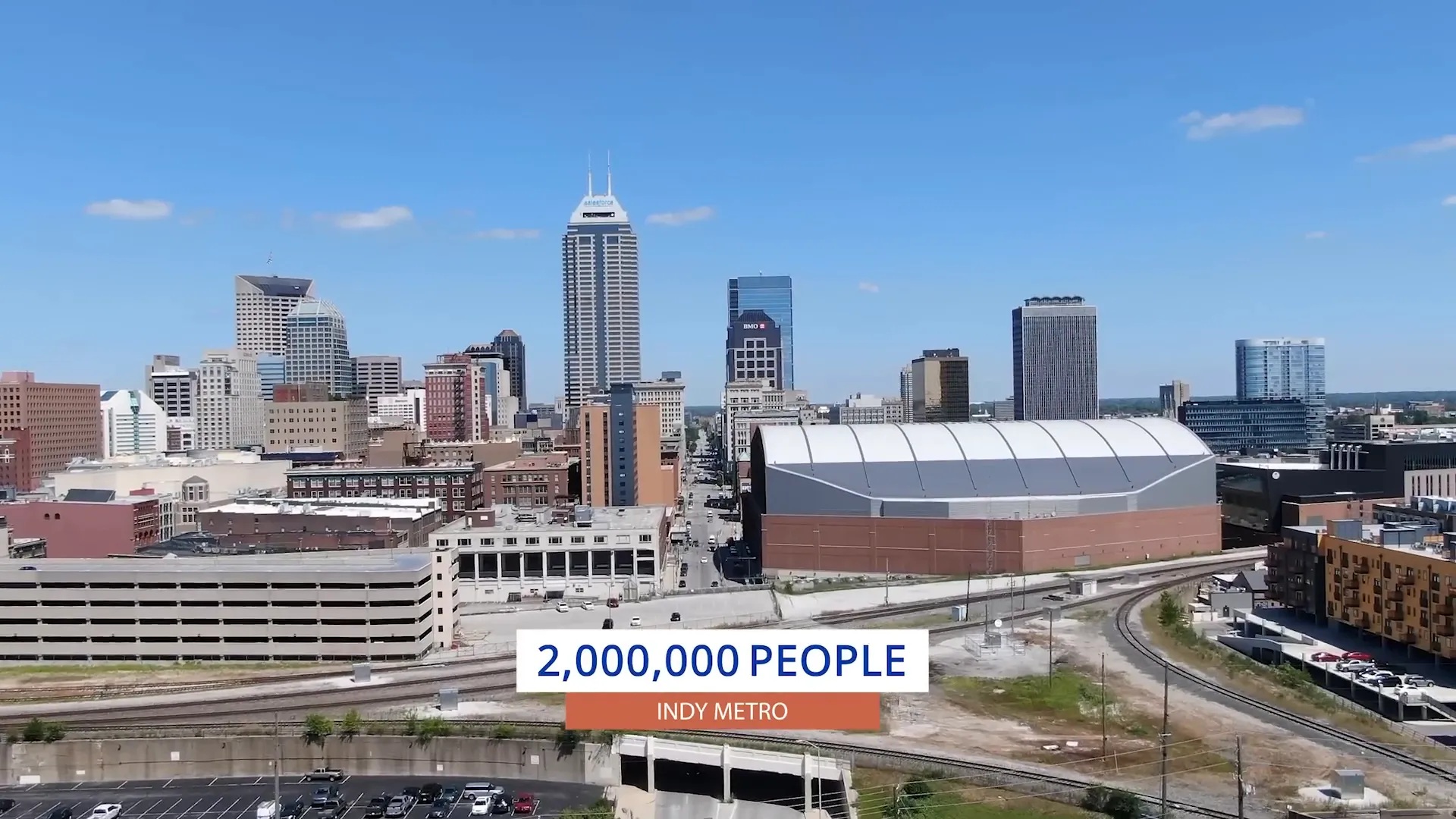
For families with kids, social networks often develop naturally through school activities, sports, and other extracurriculars. Meeting other parents and families is a common way to build relationships organically. If you don’t have kids, joining clubs, community groups, or hobby organizations can help you connect.
Indianapolis offers a wide range of activities, cultural events, and sports—from the Indy 500, NCAA events, to the Colts and Fever games. These provide plenty of opportunities to engage and meet people. The city is bigger than many expect, and that size brings diversity in social options.
4. Other Considerations and Final Thoughts
Of course, there are always more things to think about when moving to a new city. What’s right for one person might not be right for another. Lifestyle preferences, career goals, family needs, and personal tastes all play a role in determining if Indianapolis or its suburbs are a good fit for you.
It’s hard to cover every detail in one article, but I hope this overview gives you a solid foundation to start from. The most important advice I can give is to explore the area yourself, gather information from multiple sources, and develop your own opinions based on your experiences and observations.
If you have questions or want to discuss your specific situation, reach out. I’m here to help you understand why Indianapolis could be a great fit—or if there are things you should watch out for based on your needs. You can call or text me at 317-932-8620 .
FAQs About The BRUTAL Truths About Moving to Indianapolis
Is Indianapolis a busy city or more laid-back?
Indianapolis offers a mix of both. Some neighborhoods and suburbs are bustling with activity, while others are quieter and more suburban. What feels busy or calm varies from person to person, so exploring different areas is key.
How accessible are outdoor recreational areas like lakes and parks?
Many outdoor spots like Geist Reservoir are well-known but not always fully accessible to the public. Some require you to live nearby or pay fees for access. It’s important to research access options for your favorite activities.
Will I save money moving to Indianapolis?
While you can often get a larger home for less money compared to more expensive metro areas, the total cost of living depends on many factors like interest rates, property taxes, and where you choose to live within the metro area.
How easy is it to build a social network after moving here?
Indianapolis has a large population and many community groups, so there are plenty of opportunities to connect. Families often build social networks through their kids’ schools and activities, while adults can join clubs or local events.
What suburbs or cities around Indianapolis should I consider?
Popular suburbs include Fishers, Carmel, Westfield, Greenwood, Brownsburg, and Zionsville. Each has its own character, price range, and pace of life. Exploring them will help you find the right fit.
Conclusion
Moving to Indianapolis can be an exciting fresh start, but it comes with its own set of realities that you need to understand upfront. From the subjective nature of how busy or quiet the city feels, to the complexities of real estate pricing and social integration, there are many factors to weigh.
Indianapolis offers great opportunities, a strong community feel, and a more affordable lifestyle compared to many big cities. However, it’s important to gather your own information and develop your own preferences rather than relying solely on others’ opinions.
If you’re ready to explore further or want to discuss what living in Indianapolis might look like for you, don’t hesitate to reach out. You can call or text me at 317-932-8620 . With the right information and preparation, your move to Indianapolis could be one of the best decisions you ever make. Also, don’t forget to download our FREE Relocation Guide for more insights and tips!
All my best as you consider this next chapter!
jason compton
A former teacher turned full-time real estate agent serving Greater Indianapolis. I help buyers, sellers, and relocation clients make informed moves—especially those coming from out of state. From neighborhood insights to home tours, my goal is to simplify the process and help you feel confident in every step.
Stay Informed
Insights, Tips & Life in Indianapolis
Your go-to resource for all things real estate and Indy living. Whether you're buying, selling, relocating, or just curious about the local market, our blog is packed with helpful articles, expert advice, and community highlights to keep you informed and inspired.
